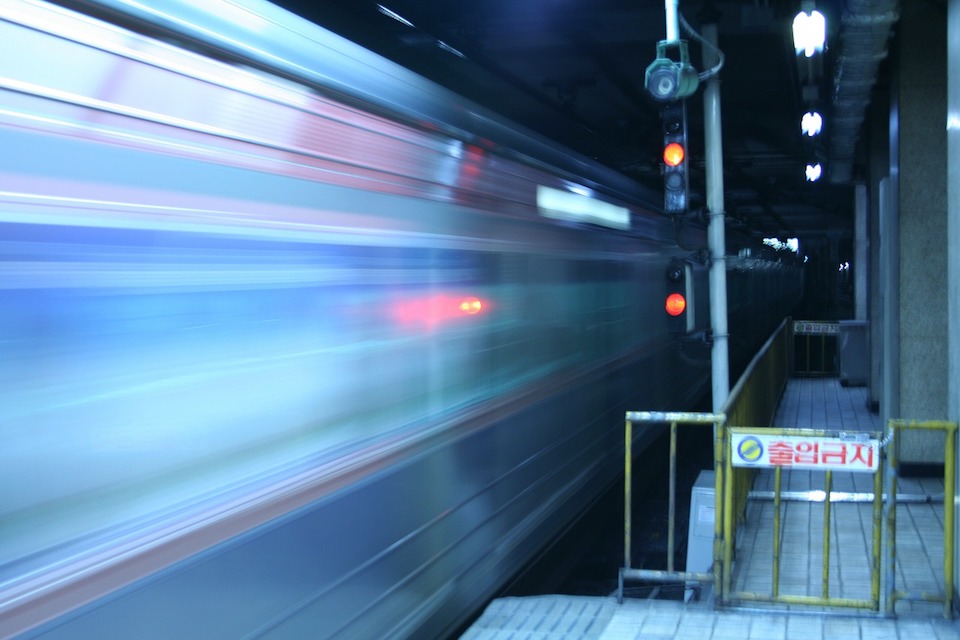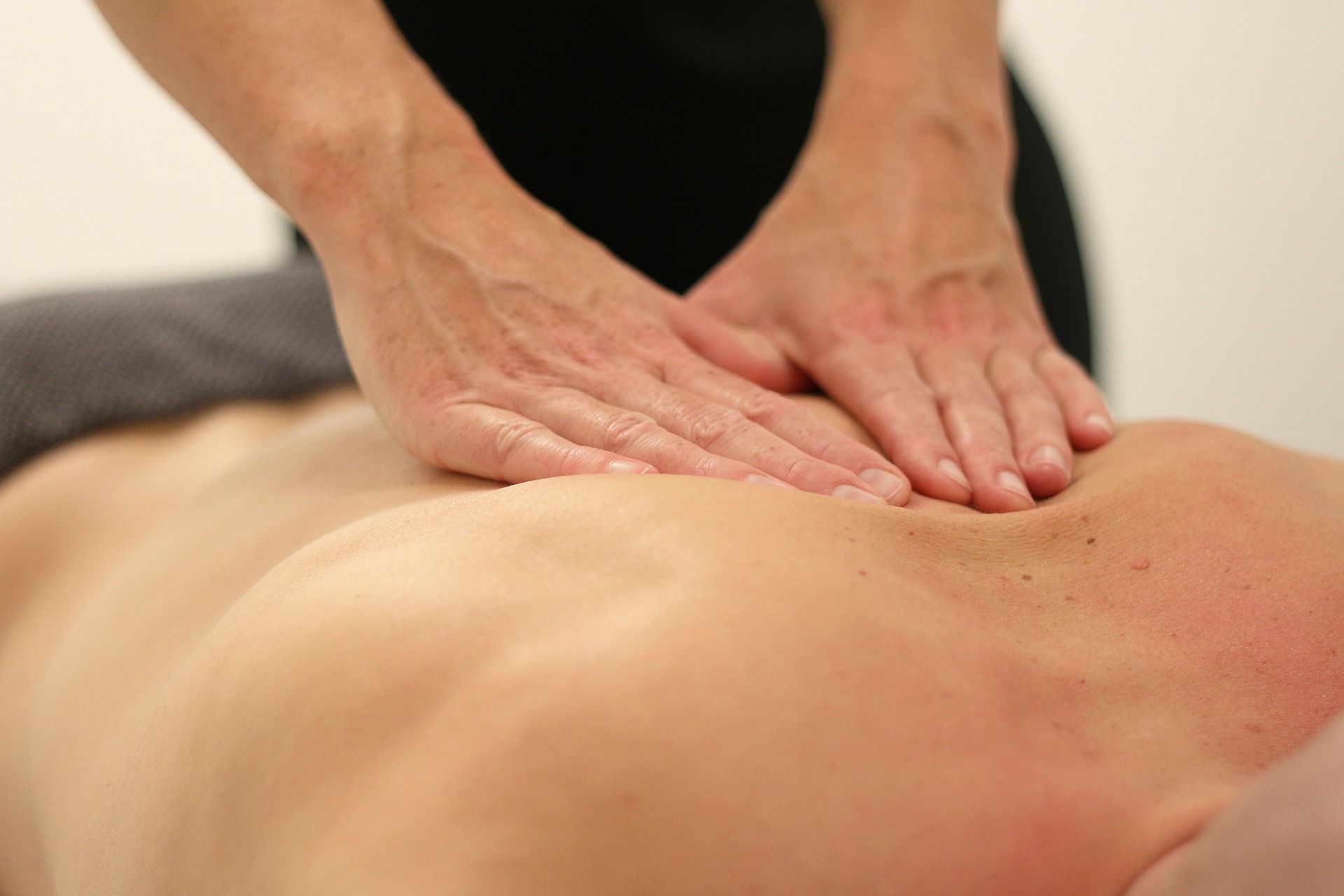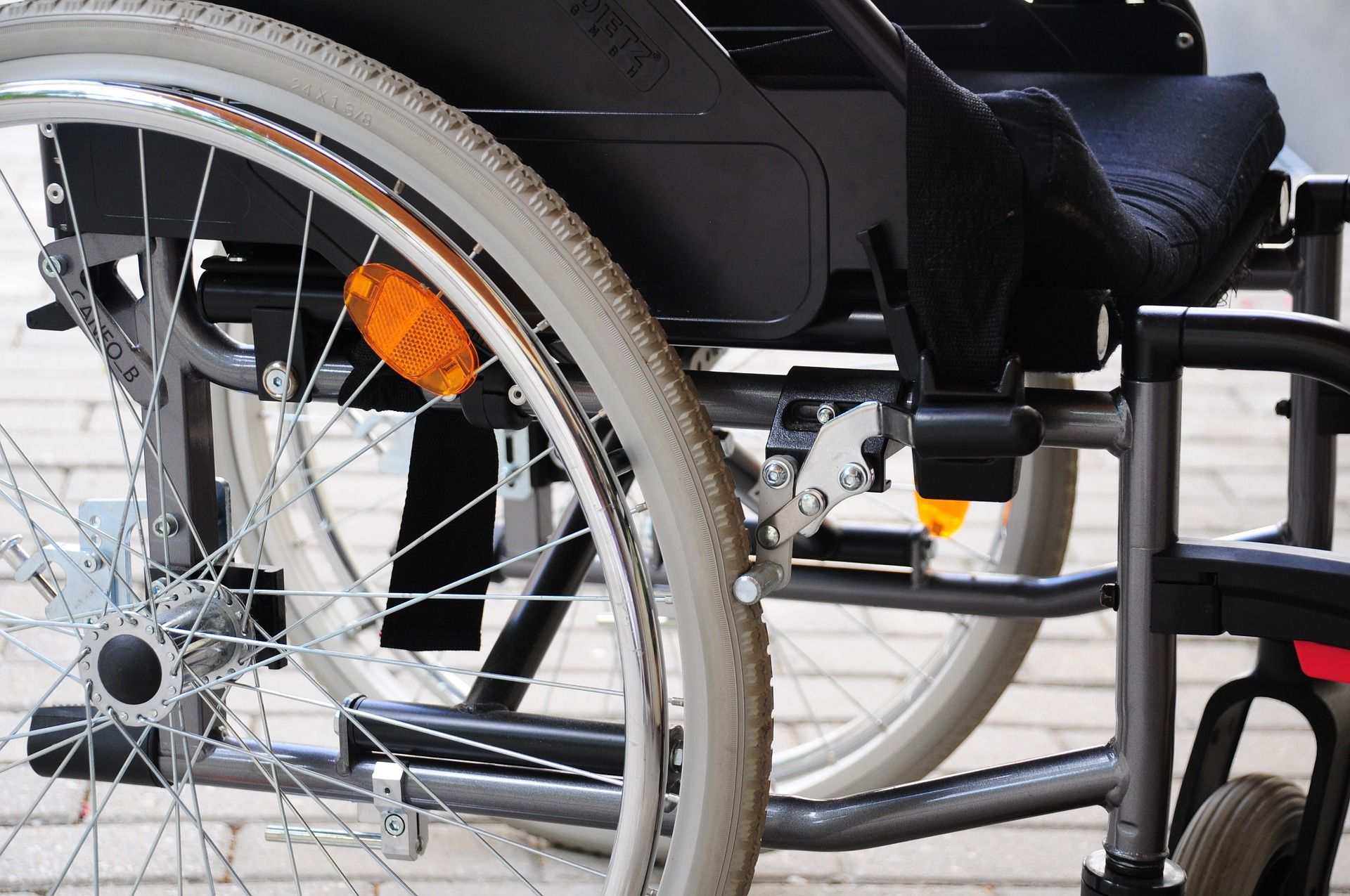I don’t like the area south of the Han River, known as Gangnam. There are lots of tall buildings, the streets are crowded with cars, and there isn’t much of a sense of history. It’s convenient, but I think it’s boring and ugly.
The other day, when I was telling this story to an acquaintance from work, Hong Yun-hui, she interrupted me.
“But for people with disabilities, Jiangnan is much better than Jiangbei.”
It was one of those “aha” moments that revealed my ignorance: Gangnam, which only started to be developed in the 1970s, tends to have much better and wider sidewalks than the older neighborhoods north of the river, and the buildings are often newer, with elevators.
Interview with KÉ: A day for people with disabilities is 12 hours, not 24
Hung Yun Hui’s 12-year-old daughter suffered from spinal cancer at a young age, leaving her permanently disabled and never able to walk on her own. Her lack of motor skills caused daily hardship for both mother and daughter. Once, while transferring at Wangshili Station, a gigantic, maze-like station…

Hong knows exactly what she means: as the mother of a daughter who requires a wheelchair, she has become a passionate disability rights activist, documenting her daughters’ challenges on social media and writing media articles on the subject when she’s not working full-time as a senior manager at eBay Korea. She also founded Muui, a non-profit that creates wheelchair-friendly transit route maps for the Seoul Metro.
Mobility for people with disabilities in South Korea is by no means guaranteed: 20 years after it was first promised, public transportation is still not fully wheelchair accessible.
Since last fall, many Koreans with disabilities have repeatedly taken to the streets, or more precisely, to Seoul’s subway stations. If you have experienced delays on the subway during rush hour, especially on lines 3, 4, and 5, your trip may have coincided with a protest. They have used a variety of tactics to block trains from departing, causing considerable disruption to the network.
Disability rights activists protesting on the subway on February 4th
While it may be an inconvenience for others, this is meant to raise awareness of how South Korea is neglecting disabled people. The government’s lack of funding and lack of prioritization of disability issues is a major concern.
In South Korea, there are more than 2.6 million people registered as disabled – 5% of the population, which is no small number – but people with disabilities are not always treated equally.
About two-thirds say they have experienced discrimination, but the figure is down from a high of 80% in 2017. Although there are laws prohibiting the mistreatment of people with disabilities, victims are unsure whether they help in real life: disability was the top reason (28%) for filing a complaint with the National Human Rights Commission in 2020.
Insults against people with disabilities are regularly reported and even politicians have been known to use derogatory language about disabilities. The shocking scandal of slave labour of mentally disabled people in salt fields in southwestern South Korea, which has been revealed multiple times, most recently last year, highlights the vulnerability of disabled people in South Korea to abuse.
Even this sad situation has improved somewhat as a result of decades of struggle by the disability community. According to a history shared by Be Minor, a South Korean media outlet that focuses on disability rights, the old Korean word for disabled person, “bulguja 불구자,” meaning “incomplete person,” tells the story of how having a disability has long been perceived.
The massage you received in Korea is probably illegal.
Few people in South Korea realize that people who are not legally blind cannot provide massages for a fee.
 Related article: Visual impairment and the Korean massage industry
Related article: Visual impairment and the Korean massage industry
A major turning point came when the 1988 Paralympics in Seoul shed much-needed light on disability rights, putting pressure on the government to act.
Two major advances in the 1990s were the mandatory 2% employment rate for people with disabilities in companies with more than 300 employees and the right of students with disabilities to receive an education up to junior high school (which was expanded to include high school in 2012).
Under current law, the quota applies to companies with more than 50 employees, but in exchange for hiring a disabled person, companies only have to pay a small penalty, but only if they have more than 100 employees.
The right to education is also precarious: in 2021, more than 98,000 students were eligible for “special education” (the curriculum for students with disabilities is called “special education”). Of these, less than 28% attended special schools for people with disabilities, while the rest attended traditional educational institutions, mostly in special education classes.
Ideally, all students, with or without disabilities, would learn together in harmony, but stories of bullying and belittling by non-disabled classmates are widespread. Some non-disabled Koreans are not shy about saying they find the disabled students around them a nuisance, and existing buildings themselves are not always designed to accommodate students with disabilities.
So many parents say they prefer to leave early every morning and make long journeys to get to class on time because there are no spaces available in their districts, and send their children with disabilities to under-staffed special education schools.
One famous story happened in 2017, when mothers in Seoul’s Gangseo district were outraged after the Seoul Board of Education approved converting an unused elementary school into a special needs school, claiming that it would lower the value of their homes. At a public hearing on the matter, the mothers of the students knelt on the ground, crying, and begged for understanding from opponents who shouted, “They’re just making a total sham.” [for sympathy]” “.
An agreement was reached only after Education Commissioner Cho Hee-yeon promised to provide land for the future construction of a new traditional Korean hospital, which residents wanted instead of a special school.
Last year’s documentary, “A Long Way to School”, depicted the struggle of mothers of disabled pupils to secure a new special school for their area.
But not everyone wants to go to a special-needs school. Hong’s daughter, Yoo Ji-min, has only one disability: she was born with a congenital disability that prevents her from walking. She is intelligent, writes a newspaper column and serves as a committee member for the National Child Rights Center, which is under the South Korean Ministry of Health.
Jimin wanted to attend Hanyoung High School, a local private school with a good reputation, but the school’s answer was not positive. “There is no elevator.” When the Seoul Board of Education said it would cover the costs, the school refused to consider it. They even hung a banner above the gate that read, “We request a negotiation process and preparation time before establishing a special class.” This sounds very reasonable in English, but it was an expression of extreme frustration at having to accommodate students with disabilities.
After the news was picked up by the media, the school decided to hold special classes.
Hong said the message she and her daughter received from the school was: “You don’t belong here.”
This is the same message wheelchair users have received from authorities and public transport managers in the past. Although subway stations were (and sometimes still are) equipped with wheelchair lifts that move along stairs, these unsafe open platforms have led to a number of deaths. Following a tragic incident in 2001 when an elderly disabled couple fell to the ground, one of them dying, the community began staging spectacular demonstrations, lying on the tracks to stop trains or chaining themselves to moving buses.
A video produced by a rights group called Solidarity Against Disability Discrimination documents protests in the early 2000s.
These bold but necessary actions led former Seoul mayors Lee Myung-bak and Park Won-soon to promise to install elevators in all subway stations (Lee by 2004, Park by 2022). However, 16 stations still do not have elevators. Last year, current Mayor Oh Se-hoon’s office tried to cut the necessary budget but backed down after the disability community expressed opposition through subway obstruction tactics.
Forget about buses: Only 58 percent of buses in Seoul are wheelchair accessible, far better than the dismal national average of 28 percent, and anyone who’s ever lived in the city knows that boarding a bus on crowded streets can be a challenge even for people without disabilities.
When several buses arrive at the same time, the buses at the back do not necessarily move forward to pick up passengers and may have to run several metres. Many drivers are in a hurry to complete their route and usually do not stop long enough to allow those in queue to board.
There are taxi services for people with disabilities, but demand is high and wait times of one to two hours are not uncommon at peak times.
There have been some good things under outgoing President Moon Jae-in. In 2019, the government did away with the much-hated disability rating system, which classified people with disabilities into categories of 1 to 6 (1 being the most severe) as the basis for determining who received how much benefit. The idea was to open up public services and funding to all disabled people based on their individually assessed needs. There have been reported downsides, such as reduced hours of state-subsidized personal care for some disabled people, but the community had long called for the change.
Moreover, in August, the prime minister announced an ambitious plan to help disabled residents of nursing homes gain independence. Many such facilities have been embroiled in accusations of wrongdoing in South Korea’s modern history, the most famous being Gwangju Inhwa School (the subject of the novel “Dogani 도가니” and the 2011 film of the same Korean title, “Silence”).
Trailer for the 2011 film “Silence,” about the horrific abuse of deaf students at Gwangju Inhwa School.
The plan has drawn criticism from parents of disabled children who require 24-hour care, who worry they will be forced to take on the role of full-time caregivers if the residential centers are closed. And some question whether Moon’s administration is serious about the policy, given that it could easily be reversed by a new administration with just three months left in his term.
This wariness explains why even the passage of a law on December 31 to increase access to public transport for people with disabilities was not entirely welcomed by the community. The law made it necessary to purchase wheelchair-accessible buses to replace old ones being retired, but only for buses in inner cities. The law also paved the way for the Ministry of Finance to allocate funds for “special transport”, including taxis for people with disabilities, but the provision is not mandatory and allows the government to withhold funds if it wishes.
Disability rights activists rallying on the Seoul subway say they will not stop until the Finance Ministry formally commits to funding, and they are calling on the main candidates in next month’s presidential election to promise a comprehensive budget for disability rights, not just transportation, in a televised debate.
Educational access and mobility are not separate issues. After finding out that her local private school was out of reach, Hong Yun-hee, her husband, and Jimin moved to Jongno, central Seoul, so Jimin could attend an alternative school. But their ordeal didn’t end there: They soon discovered that the restaurant was in the basement, with no elevator or wheelchair ramp, and the closest public school she could attend was a 30-minute drive away.
“If Jimin wants to go there, he has to take a bus or the subway and change trains twice, which is not convenient. Wheelchair-accessible buses only come occasionally, and if he takes the subway, he has to change trains at Seongshin Women’s University station, where the gap between the platform and the train is very wide, making it dangerous for a wheelchair,” Hong said.
If the state does not guarantee adequate transportation for people with disabilities, the only option is to make sure the whole family can move, if they can afford it.

